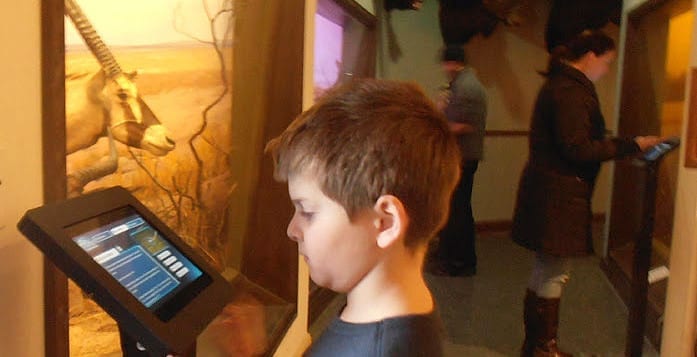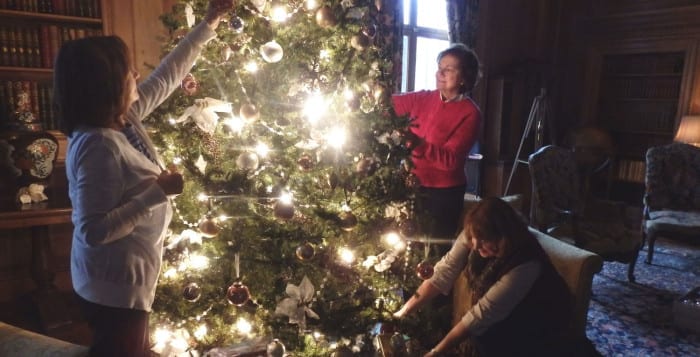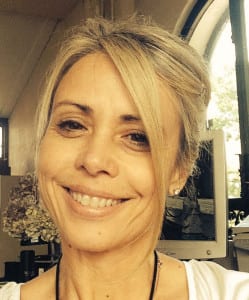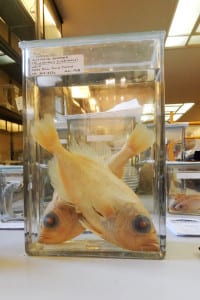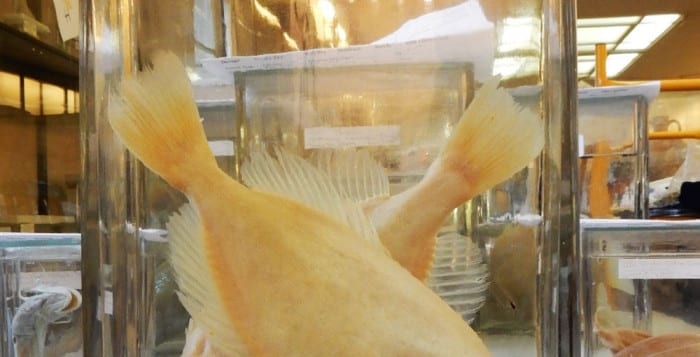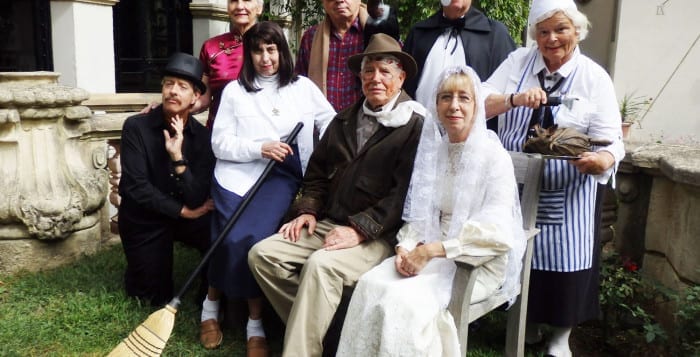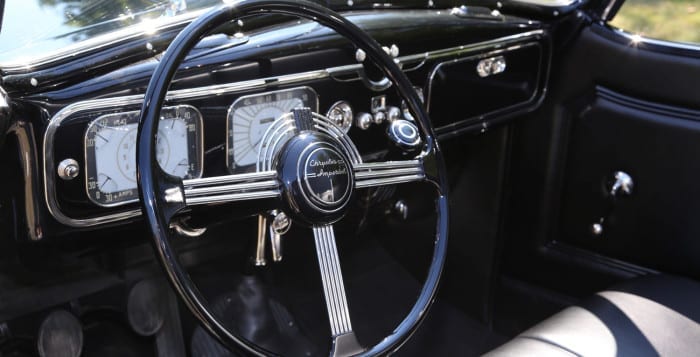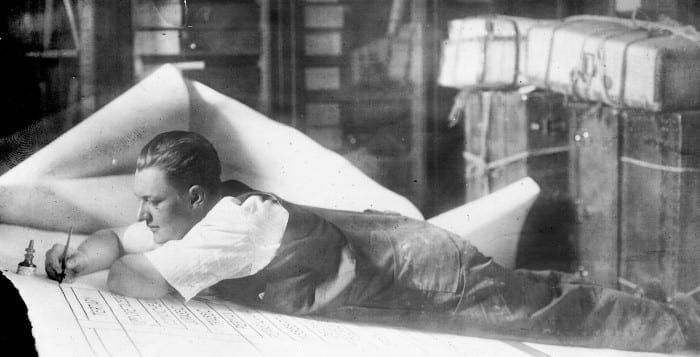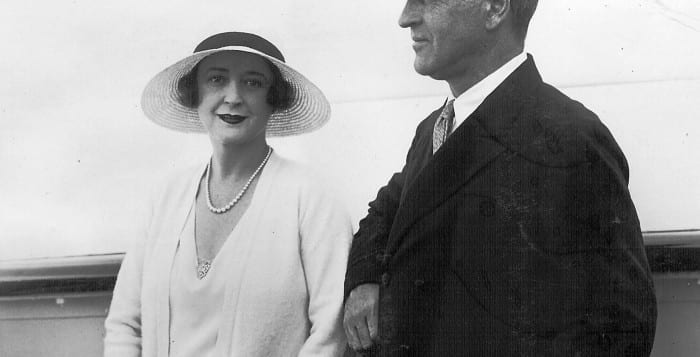On June 29, the Suffolk County Vanderbilt Museum in Centerport will observe the 45th anniversary of the opening of its planetarium, now known as the Charles and Helen Reichert Planetarium.
The anniversary coincides with the final stage of the planetarium’s technological update — the installation of a cutting-edge SkyLase laser light show system with entertainment programs, from Audio Visual Imagineering Inc. (AVI). The planetarium’s advanced GeminiStar III system — which includes a Konica Minolta Infinium-L star projector, full-dome video and surround-sound — offers audiences a spectacular, immersive experience.
Suffolk County built the $1 million planetarium in 1971 as a way to increase visitorship and to produce operating income to supplement the museum’s original $2 million trust fund. The planetarium enhanced the museum’s ability to carry out the science education aspect of its mission and honored William K. Vanderbilt II’s love of science and astronomy — and his use of celestial navigation when he traveled the world’s oceans in the early twentieth century.
In 1987, after welcoming more than 2.2 million visitors, the Vanderbilt refurbished the planetarium, acoustically redesigned its newly renamed Sky Theatre, and equipped it with the latest audio equipment. The planetarium classroom received a makeover, too, with the addition of a then-advanced VCR (video cassette recorder) and video laser-disk equipment
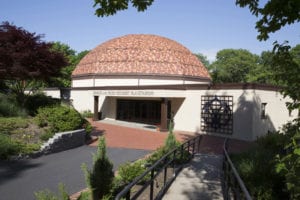
Then in 2013, following an extensive $4 million makeover and technological update, the Vanderbilt Planetarium became one of the finest and most advanced in the United States and the largest astronomical facility on Long Island. Suffolk County provided $3.9 million of the financing for the planetarium renovation. Private donations totaling $160,000 financed building enhancements: new theater seating; an improved heating, ventilation and air-conditioning system; a lobby face-lift and a new gift shop. Following the reopening, the planetarium received the most generous gift in the museum’s history. Charles and Helen Reichert pledged $1.7 million over 20 years to support the planetarium, its programs and its future. In their honor, the facility was named The Charles and Helen Reichert Planetarium.
Lance Reinheimer, executive director, said, “We are especially grateful to the Reichert family, Suffolk County and private donors for their extraordinary support of the Museum, its education programs, and its enduring value to Long Island.”
The Charles and Helen Reichert Planetarium, located on the grounds of the Suffolk County Vanderbilt Museum, 180 Little Neck Road, Centerport, offers daytime shows on Tuesday at 2 p.m. and Saturdays and Sundays at noon, 1, 2, 3 and 4 p.m. Evening shows are held on Fridays and Saturdays at 8, 9 and 10 p.m. Year-round viewing of the night sky (weather permitting), is held on Friday evenings from 9 to 10 p.m. (free with show ticket; $3 without show ticket). For more information, call 631-854-5579 or visit www.vanderbiltmuseum.org.


